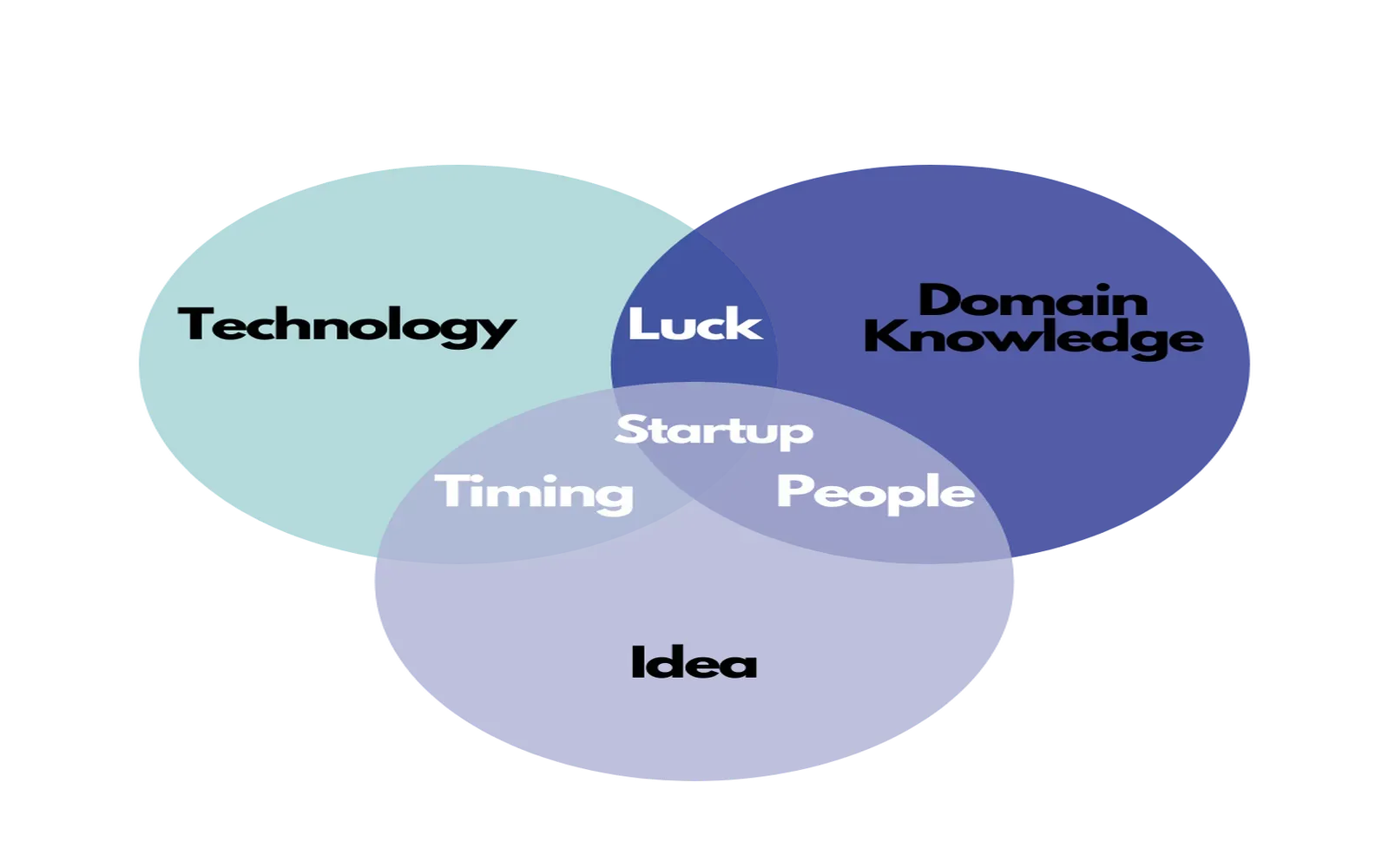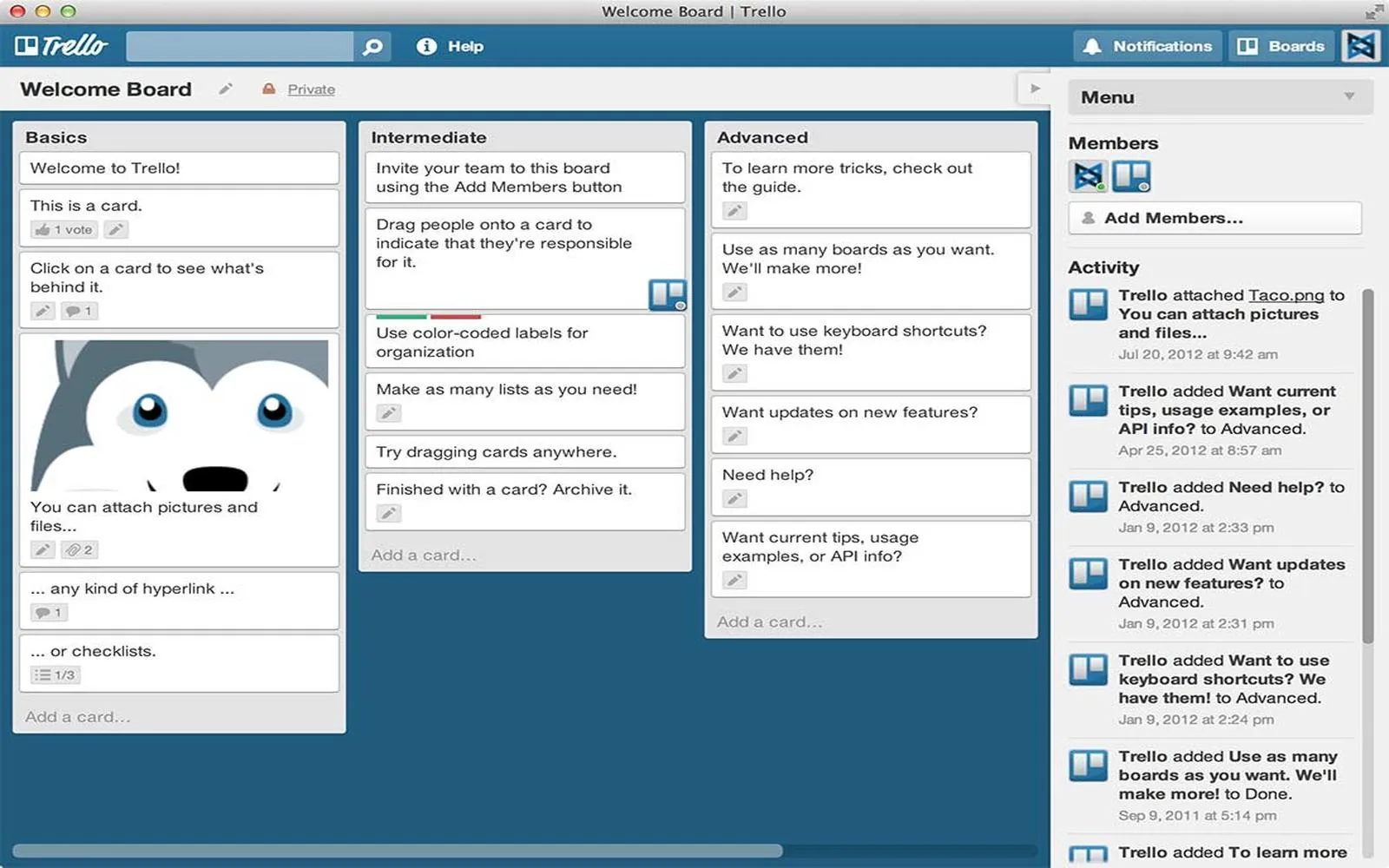The Dangers of Micromanaging in Remote Work
As the world embraces the shift to remote work, many organizations are grappling with the challenge of maintaining productivity while ensuring employees feel trusted and valued. One of the most significant pitfalls of remote work is the tendency for managers to resort to micromanagement. This approach can lead to decreased morale, increased stress, and ultimately, a decline in productivity.
Micromanaging involves excessive oversight and control over employees’ work processes, often leading to feelings of distrust. In a remote environment, where communication can be more challenging, micromanagement can exacerbate these feelings, causing employees to feel like they are constantly under a microscope. This lack of autonomy can lead to burnout and high turnover rates, which are detrimental to any organization.
Understanding the Impact of Micromanagement
Research indicates that employees who experience micromanagement are more likely to disengage from their work. The following chart illustrates the negative effects of micromanagement on employee performance and well-being:
| Effect | Percentage of Employees Reporting |
|---|---|
| Increased Stress Levels | 65% |
| Decreased Job Satisfaction | 58% |
| Higher Turnover Intentions | 70% |
| Lower Productivity | 50% |
As illustrated above, micromanagement can have far-reaching consequences, not only for individual employees but for the organization as a whole. Therefore, it's vital to explore alternative management strategies that foster trust and autonomy among remote teams.
Strategies to Avoid Micromanagement in Remote Work
To create a healthy remote work environment, leaders must adopt practices that encourage independence and accountability. Here are several effective strategies:
1. Set Clear Expectations
Establishing clear expectations from the outset is crucial in a remote work setting. Ensure that employees understand their roles, responsibilities, and deadlines. This clarity allows employees to work autonomously while knowing what is expected of them. Utilize project management tools to outline tasks and timelines, making it easier for everyone to stay aligned without constant oversight.
2. Foster Open Communication
Encouraging open lines of communication can help mitigate the urge to micromanage. Schedule regular check-ins to discuss progress and address any challenges employees may be facing. Use collaborative tools like Slack or Microsoft Teams to facilitate ongoing conversations. This way, employees feel supported and can reach out for help when needed, rather than feeling monitored.
3. Trust Your Team
Trust is the foundation of any successful remote work arrangement. Managers should focus on building trust with their teams by empowering them to make decisions. Encourage employees to take ownership of their tasks and provide them with the freedom to approach their work in their unique ways. This autonomy can lead to increased creativity and innovation, ultimately benefiting the organization.
4. Focus on Outcomes, Not Processes
Instead of fixating on how tasks are completed, shift your focus to the outcomes. Establish key performance indicators (KPIs) that reflect the results you expect. This outcome-based approach allows employees to determine the best methods to achieve their goals, fostering a sense of responsibility and ownership over their work.
5. Provide Constructive Feedback
Feedback is essential for employee growth, but it should be constructive and aimed at development rather than control. Instead of micromanaging, provide regular feedback that highlights strengths and areas for improvement. Utilize performance reviews as an opportunity for open dialogue, encouraging employees to share their perspectives on their work and the support they need.
6. Encourage Professional Development
Investing in your employees’ professional development demonstrates your commitment to their success. Offer opportunities for training, workshops, and skill-building that align with their career goals. This investment not only enhances their capabilities but also fosters loyalty and engagement within the team.
Conclusion
In a remote work environment, the temptation to micromanage can be strong, particularly when managers feel disconnected from their teams. However, it is essential to recognize the detrimental effects of this approach and seek alternatives that promote trust, autonomy, and accountability. By setting clear expectations, fostering open communication, and focusing on outcomes rather than processes, organizations can create a productive remote work culture that inspires employees to perform at their best.
Ultimately, embracing a management style that prioritizes empowerment over control will lead to increased job satisfaction, reduced turnover, and enhanced productivity—benefits that are crucial for any organization navigating the remote work landscape.





